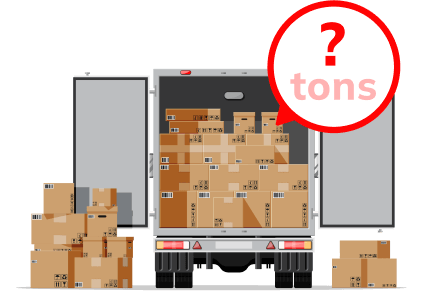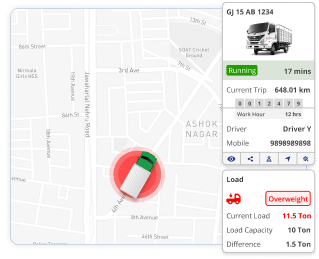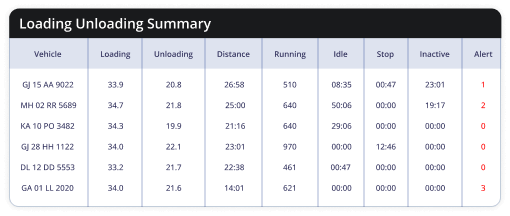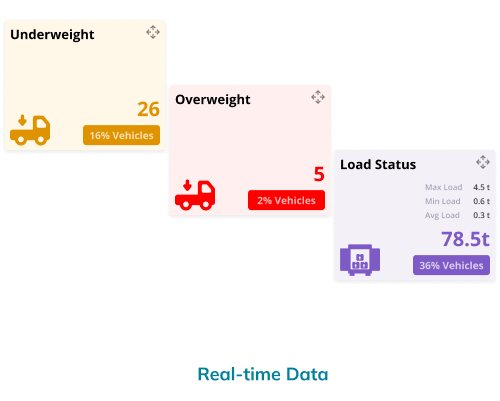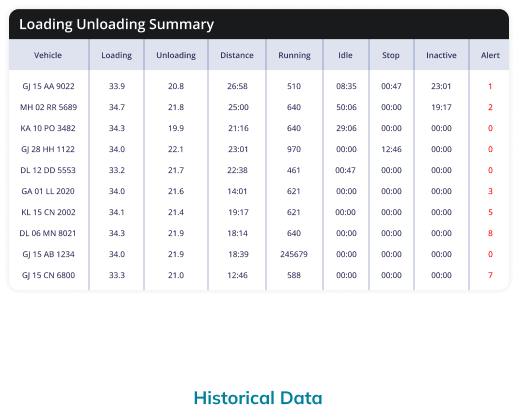Load monitoring is the process of measuring and monitoring the weight of goods being transported. It is an important aspect of transportation management, as it ensures that vehicles are not overloaded and that goods are transported safely and efficiently. Load monitoring can be achieved using load sensors, which are devices that are placed on vehicles to measure the weight of the load.
Load monitoring is commonly used in transportation management to ensure that vehicles are not overloaded and that goods are transported safely and efficiently. Load sensors can be placed on vehicles to measure the weight of the load, and this data can be used to determine the optimal route for transportation and to calculate the fuel consumption of the vehicle.
